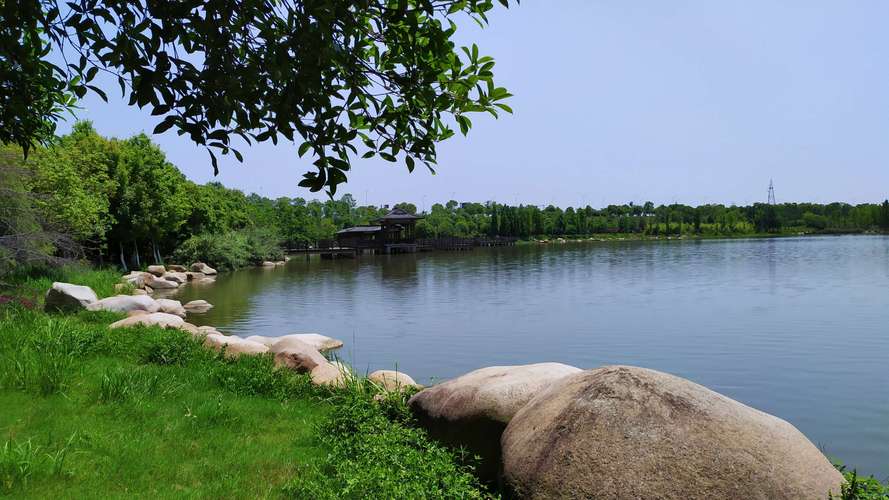Backpacking is an amazing adventure that allows you to explore the outdoors and enjoy nature. However, one of the biggest challenges backpackers face is finding clean drinking water, especially in areas where water sources are scarce or contaminated. In such situations, it’s essential to have a reliable, high-quality water purifier that can ensure your safety and health. In this ultimate guide, we’ll help you choose the right backpacking water purifier based on important factors such as technology, weight, size, capacity, and ease of use.
Technology
The first factor to consider when choosing a backpacking water purifier is the technology it uses. There are three main types of water purification technologies: filtration, chemical treatment, and UV light. Each technology has its pros and cons, and you should choose the one that suits your needs and preferences.
Filtration purifiers are the most common type and use a physical barrier to remove impurities from water. They can be further classified into two subtypes:
– Microfilters: These filters are made from ceramic, fiberglass, or other materials that trap bacteria, protozoa, and other impurities. They require regular cleaning and can clog easily if the water is turbid or contains sediment.
– Reverse Osmosis (RO) filters: These filters use a semipermeable membrane that removes not only bacteria and protozoa but also viruses and heavy metals. They require a lot of pumping and can be heavy and bulky.
Chemical treatment purifiers use chemicals such as iodine or chlorine to kill bacteria, viruses, and other microorganisms. They are lightweight, easy to use, and effective against most pathogens. However, they can leave an aftertaste and take longer to work in cold or dirty water.
UV light purifiers use ultraviolet light to destroy the DNA of microorganisms and render them harmless. They are fast, easy to use, and don’t leave any chemical residue. However, they require batteries or a power source, may not work in murky water, and can’t remove sediment or debris.
Weight and size
The second factor to consider when choosing a backpacking water purifier is its weight and size. Backpacking is all about traveling light and minimizing your load, so you don’t want to carry a bulky or heavy purifier that takes up too much space in your backpack. Microfilters are generally the lightest and most compact, followed by chemical treatment purifiers. RO filters and UV purifiers tend to be heavier and bulkier.
Capacity
The third factor to consider when choosing a backpacking water purifier is its capacity, or how much water it can purify in one go. This depends on the type of purifier and how often you need to refill it. Microfilters and chemical treatment purifiers can usually purify between 1 and 4 liters of water per cycle, while RO filters and UV purifiers can purify larger volumes.
Ease of use
The fourth factor to consider when choosing a backpacking water purifier is its ease of use. This includes how easy it is to set up, use, and maintain. Microfilters and chemical treatment purifiers are usually the easiest to use since they require minimal assembly and no technical skills. RO filters and UV purifiers can be more complicated to set up and require more maintenance, such as cleaning and replacing parts.
Conclusion
Choosing the right backpacking water purifier is essential to ensure your safety and health when hiking and camping in remote areas. Consider the important factors of technology, weight and size, capacity, and ease of use when making your decision. Whatever purifier you choose, make sure to follow the manufacturer’s instructions carefully and use it properly to get the best results. Happy backpacking!
(Note: Do you have knowledge or insights to share? Unlock new opportunities and expand your reach by joining our authors team. Click Registration to join us and share your expertise with our readers.)
Speech tips:
Please note that any statements involving politics will not be approved.
